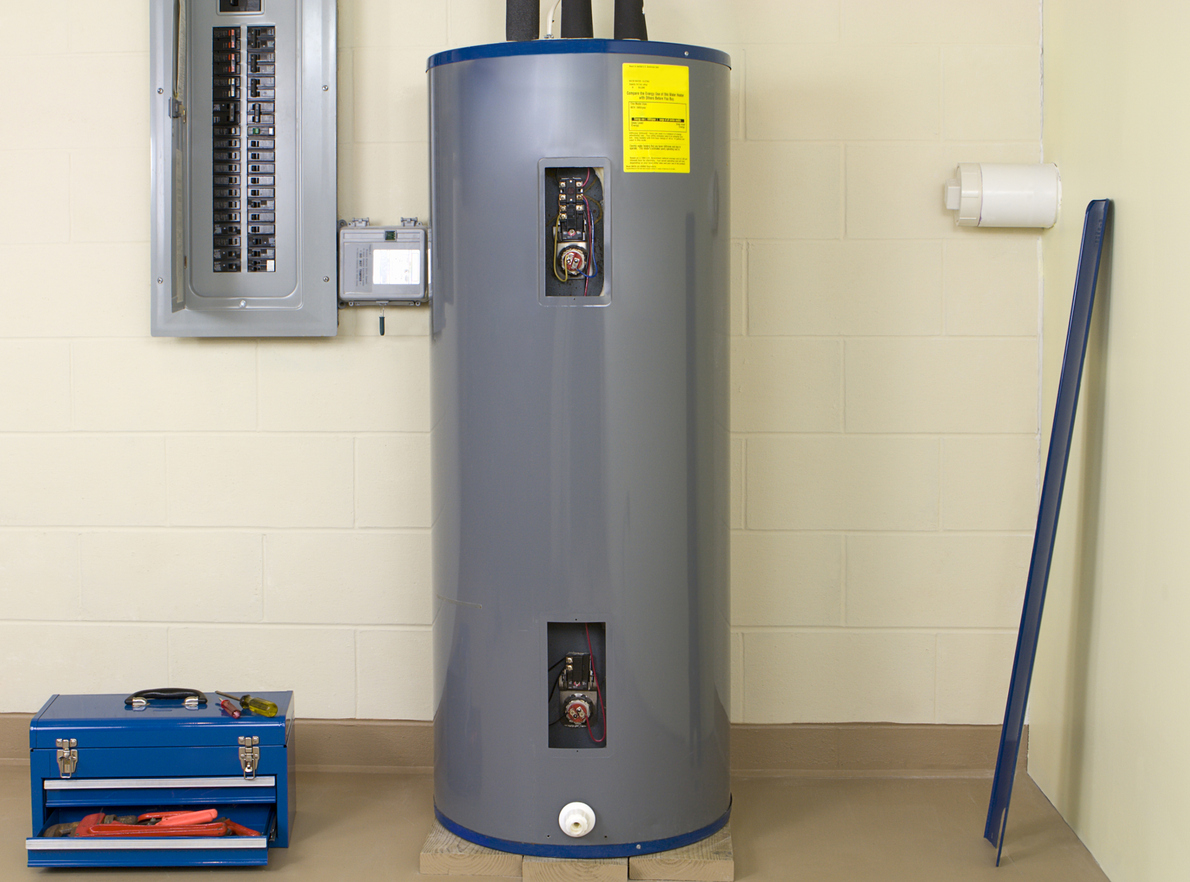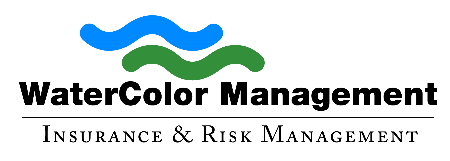
Comprehensive water treatment program insurance provides coverage for the unique risks that these companies face. Many sterilization processes begin with industrial boilers. Boilers produce steam that heats buildings, generates hot water, and helps kill bacteria using specialized equipment, which is why servicing boilers regularly is so critical for their lifespan and optimal function.
Servicing a Boiler: A How- To Guide
Proper maintenance of boiler systems ensures their reliability and efficiency. Your clients need to complete routine maintenance tasks to minimize the risks of malfunctioning systems. Making sure that boilers operate efficiently enables them to work correctly for a long time. If your clients have this equipment, they can follow these tips for sustaining optimal performance.
Examine the Heat Exchanger
When a boiler leaks, it is likely originating from the heat exchanger. This component is prone to leaking, making it essential for your clients to visually inspect it regularly. Checking for evidence of a leak enables owners to replace the exchanger before the problem creates damage.
Lubricate the Circulating Pump
The circulating pump of a boiler requires sufficient lubrication to operate effectively. At least once a year, someone must pour 3-in-1 oil into the system’s oil cup. Without adequate oil, the pump will grind and stick, causing it to fail. If this happens, water will not move sufficiently around the system.
Inspect the Chimney and Vent
Clients should create a schedule for regular inspections of boiler parts. Vents and chimneys decline over time, making it vital to check if they are working correctly. Looking for broken connections or holes a few times during the year will alert companies to deterioration and avoid more significant issues down the road.
Clean Out Debris
Boiler systems can clog with debris over time if not flushed out regularly. Ensuring the boiler is free of build-up helps it run efficiently and prevents system breakdowns. Clearing out the debris involves the following steps:
- Turn off the water and the power.
- Connect a hose to the boiler’s drain.
- Open the radiator valves and convectors.
- Place buckets underneath to catch water.
- Turn the water back on.
- Wait until the water stops draining.
- Close the vents and drains.
How To Reduce Risks
Besides caring for boilers and other equipment and machinery, your clients need to have adequate insurance policies to mitigate risks. Sanitation services must follow strict regulations and face hazards that could result in lawsuits. Ensuring your customers have plans like portable sanitation insurance, boiler and machinery insurance and appropriate liability coverages safeguard them from potential losses related to their industry duties. Any industry that deals with dangerous materials must take the proper steps to train employees, enforce safety protocols and safeguard against legal claims.
Portable sanitation companies, sewer, septic and wastewater services offer essential sanitation assistance that ensures the health and safety of others. Because they deal with hazardous materials, they must obtain sufficient insurance protection to avoid financial loss.
About Watercolor Management
Watercolor Management has insured the water industry for over 30 years. Our policies include unlimited defense cost coverage in the event of a lawsuit against you. Call us at (855) 929-0824 or email info@watercolormanagement.com for a quick quote for your Water Business Professional, Products/Completed operations, Pollution and General Liability Insurance.




